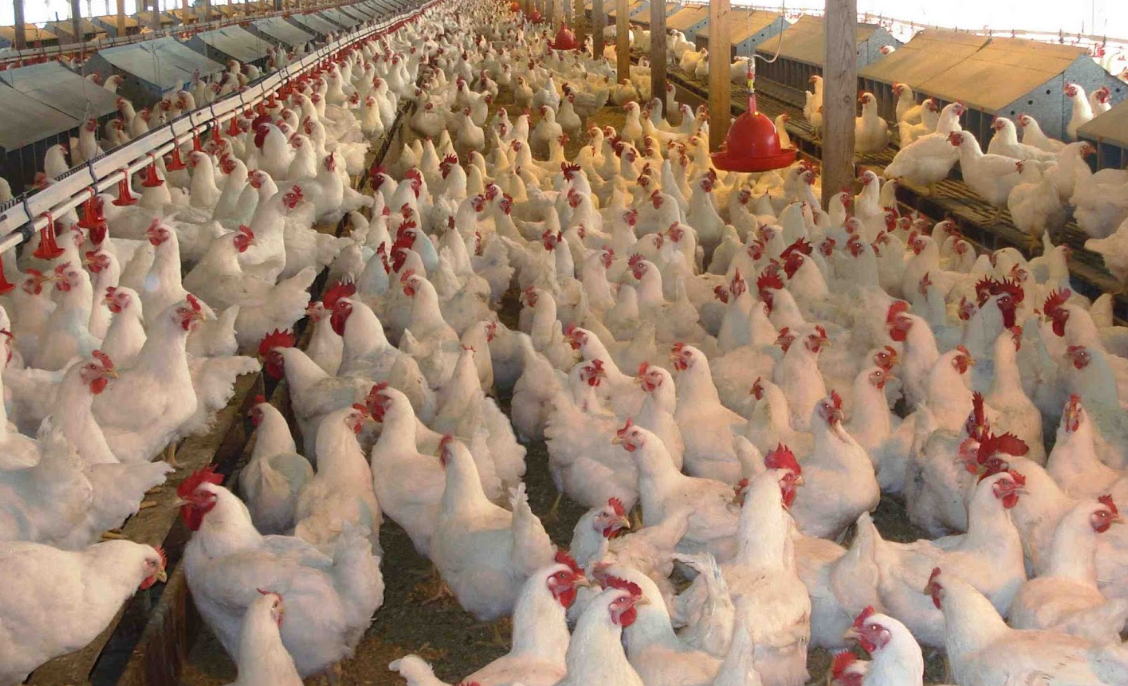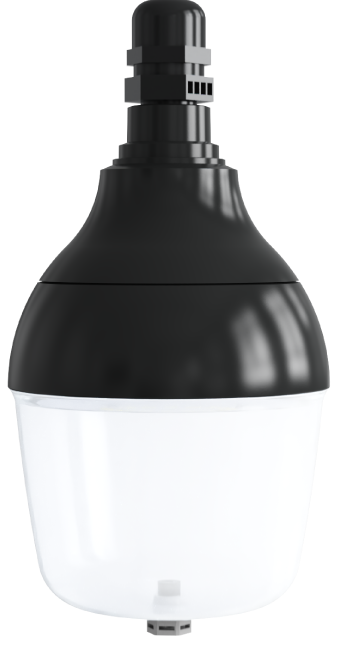What is the Best Light to Put in a Chicken Coop
What is the Best Light to Put in a Chicken Coop

The best light to put in a chicken coop is LED lighting. LED lights are highly recommended due to their energy efficiency, long lifespan, and ability to provide stable and consistent lighting without flickering. They are also easy to adjust in terms of light intensity and timing, which can help reduce stress on the chickens. LED lights are particularly useful in modern chicken coops, especially in multi-tier systems, where proper lighting distribution is crucial to ensure uniform light coverage for all layers. Additionally, LED lights are environmentally friendly and do not produce excessive heat, making them ideal for maintaining a comfortable environment for the chickens. Compared to traditional lights like incandescent bulbs, which are inefficient and produce a lot of heat, or fluorescent lights, which have shorter lifespans, LED lights are a superior choice for chicken coops.
The optimal lighting for chicken coops should balance energy efficiency, poultry welfare, and productivity based on research evidence:
1. LED Lighting for Energy Efficiency
LED systems outperform traditional incandescent and fluorescent lamps, reducing energy costs by 82.87% while maintaining or improving growth performance and carcass quality in broilers. Their durability and adjustable intensity make them ideal for long-term use.
2. Light Intensity Preferences
20 lux is preferred for feeding areas, as broilers exhibit significantly higher feed consumption and activity under this intensity compared to 5 lux.
Resting areas can use lower intensities (1–2 lux) to reduce stress without compromising welfare.
3. Monochromatic Light Effects
Green light (500–570 nm) improves eggshell strength and thickness in laying hens, enhancing overall egg quality.
White LED light promotes higher feed intake in broilers compared to yellow light, though chickens show no behavioral preference for specific colors.
Intermittent lighting (e.g., alternating light/dark cycles) reduces energy use while maintaining growth performance and immune response, particularly in heat-stressed environments.
Extended photoperiods (e.g., 16–18 hours of light) synchronize feeding activity and improve feed conversion ratios.
5. Special Considerations
For visually impaired chickens, high-contrast lighting (e.g., embedded LED lines) improves navigation and reduces injury risks.
Avoid excessive blue light (<500 nm), which may disrupt circadian rhythms, and prioritize warm-white LEDs (2700–4000K) for balanced productivity and welfare.
6. Best Lighting fixture for Chicken Coop

7. FAQs About Chicken Coop Light
Q: Can I use natural light instead of artificial lighting?
A: Yes, but supplement with LEDs in winter or cloudy regions to maintain 14+ hours of light.
Q: Do red lights stop chickens from pecking each other?
A: Studies show red light may reduce aggression temporarily, but long-term use can hinder growth.
Q: How bright should coop lights be?
A: 10–20 lux (about 2–4 watts per m²) for layers. Use a lux meter to verify.
_thumb.jpg)